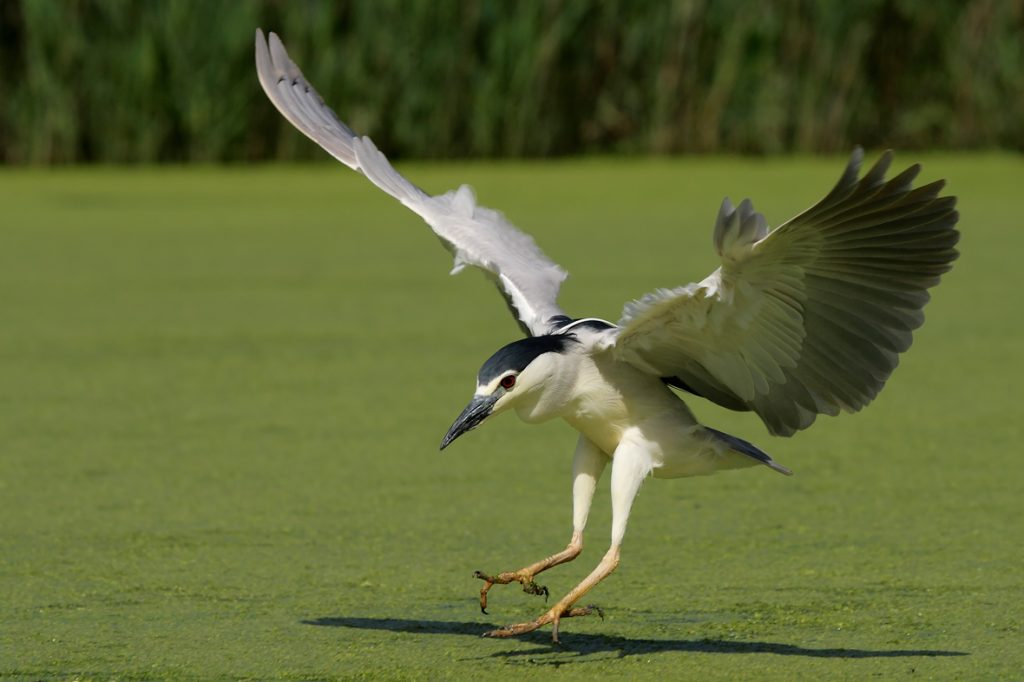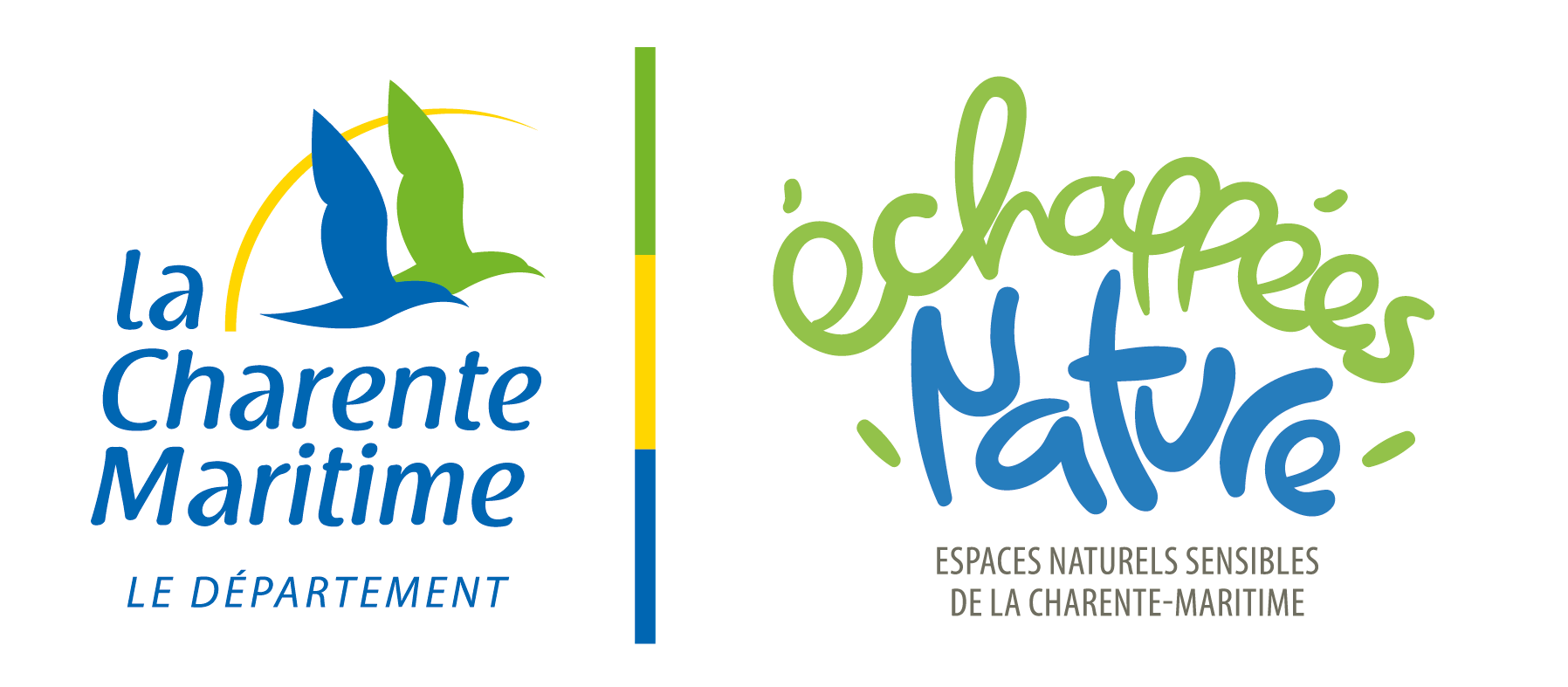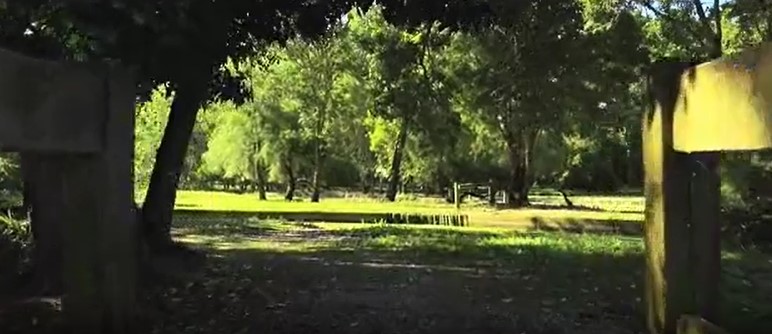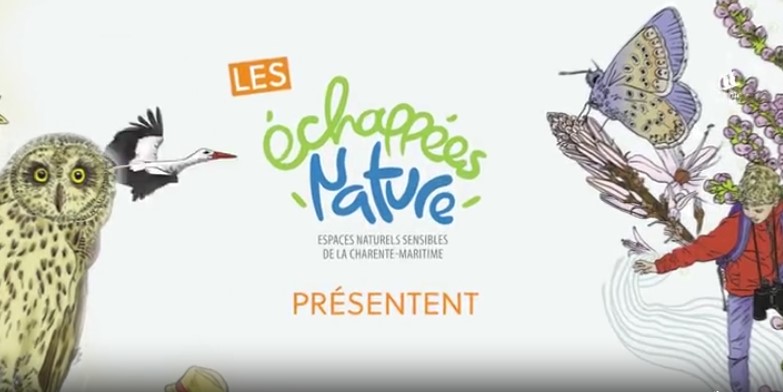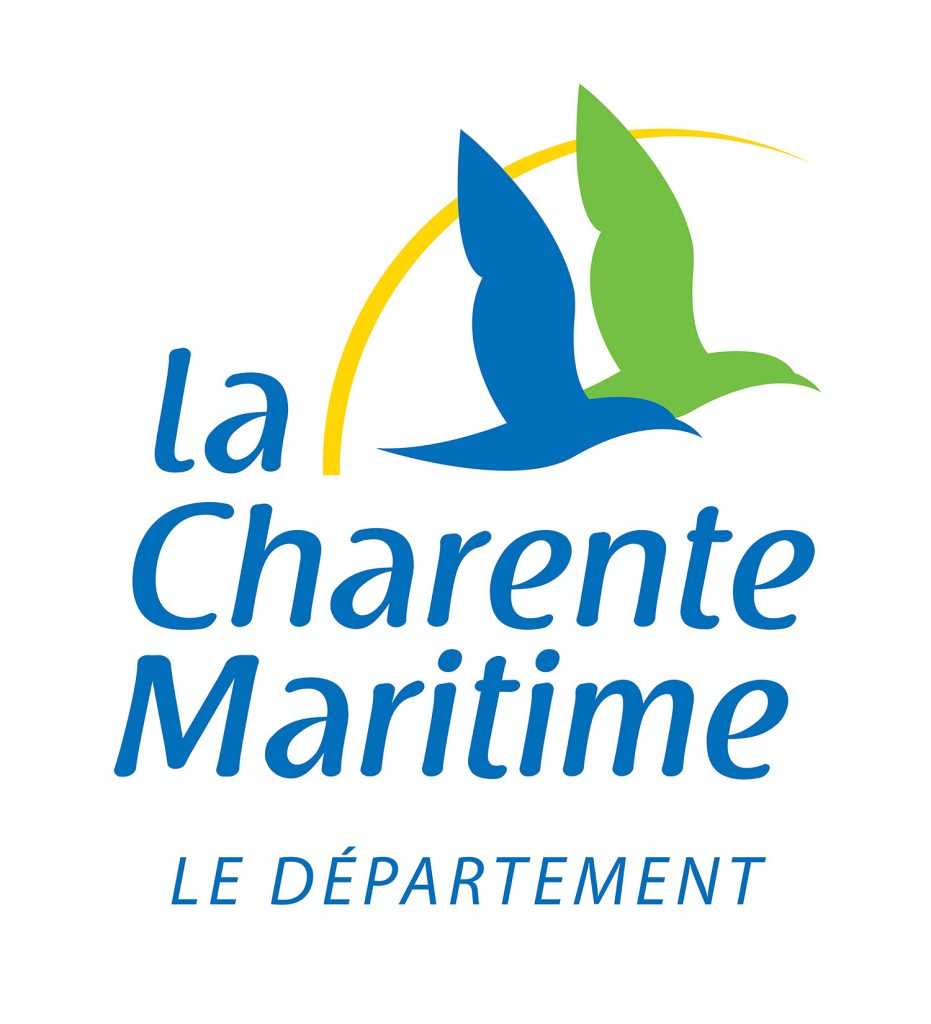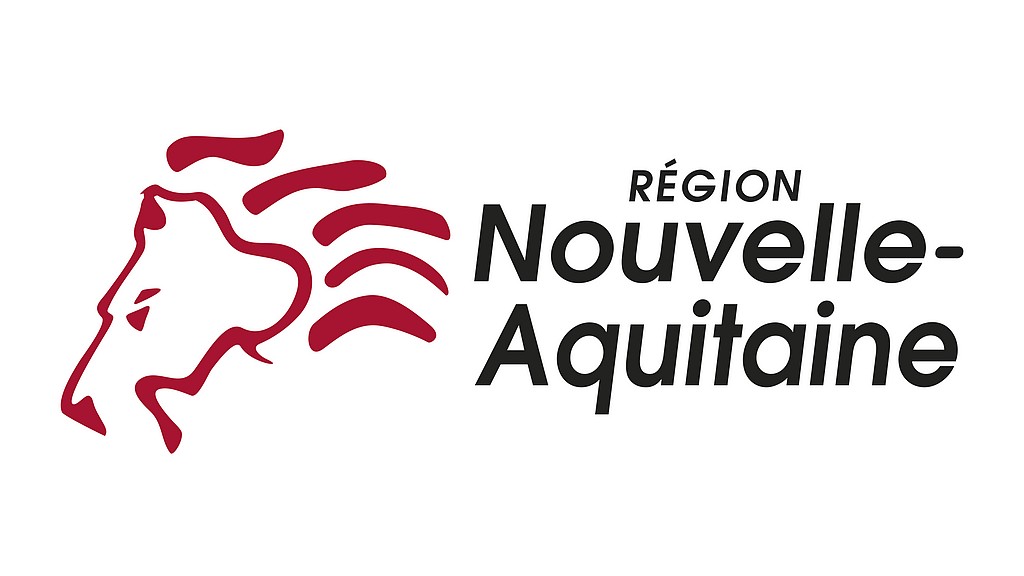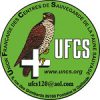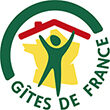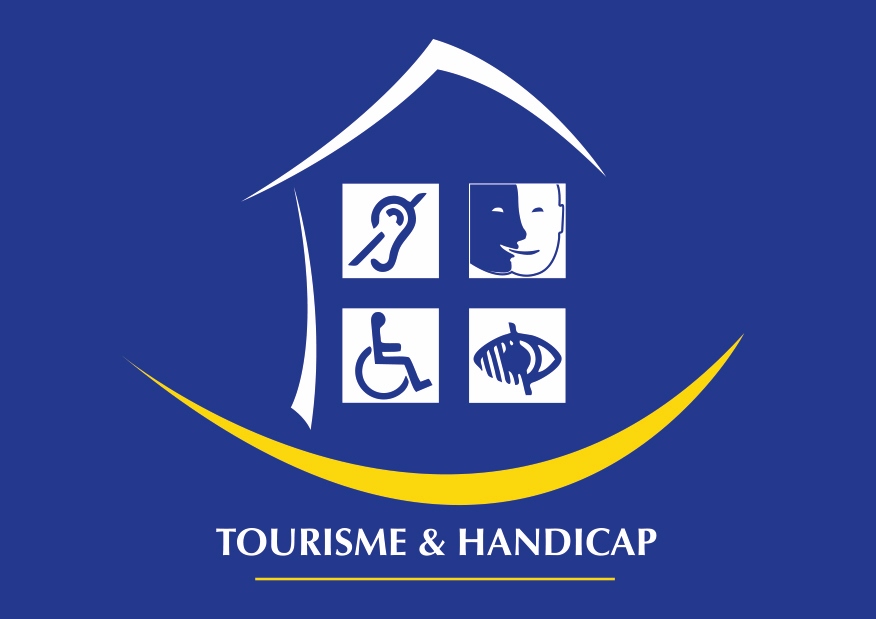Le Marais aux Oiseaux is owned by the dapartment of Charente-Maritime. It’s located in the center of l’île d’Oléron, in-between the towns of Dolus-d’Oléron and Saint-Pierre-d’Oléron, within around 130 hectares of hardwood trees and former salty marchlands, entitled a sensitive natural space. Being about 10 hectares vast, this land is home of two different structures : the discovery site with a pedagogic purpose, and the departmental healing center of the wildlife.
Their missions take a big part in the protection of nature :
The discovery site is meant to raise the masses’ and the school attenders’ (ou : schoolchildren’s) awareness on the environment. As for the departmental care center of the wildlife, it helps wild animals in distress, from the moment they are found, to their return to liberty.
The Marais aux Oiseaux is one of the 14 places of the Échappées Nature network, on the department of Charente-Maritime. It is also a member of the Explore Oléron network, created by the Community of communes of l’île d’Oléron.
Did you find a wild animal in distress ? Click here
The discovery site.
Since 1983 , the discovery site opens its gates to about 35 000 visitors each year.
Take a walk into the woods (oaks) and marchlands through a 1.5km long arranged path.
That path is staked with informative signs about the lives and behaviours of the main species you may get sight of. Moreover, the cabins have permanent exhibitions (on birdhouses, for instance).
The path enables you to observe some vertebrate among the 130 species reviewed in this place and around. Among the main spots: a heronery that contains several dozens of couples of Grey Heron, Little Egrets or Cattle Egrets. The first ever nesting of Eurasian Spoonbill of l’île d’Oléron has been spotted in this heronery in 2021. It is used again by the birds every year for the last 40 years. Since 2009, at least 2 couples of White Storks took the habit to breed/nest there.
What’s more, by paying a little attention, you’ll have the opportunity to see or hear iconic species like European Kingfisher, the European Loriole or even the Hoopoe.
A 9 meter high observation tower provides you a panorama view of the nearby marchlands. Thanks to a binocular spotting scope (20×80), you can observe Herons, birds of prey, Seagulls and others little wading birds that come nearby.
We’d like to mention that the wild species that come in this place are, for the most part, migrators and are only around temporarly (=for a certain period of time). The conditions of observation are therefore the best during the breeding period, which is spring time for these species.
The animals are there for different reasons :
To know more about the departmental rescue center of wildlife, click ici
